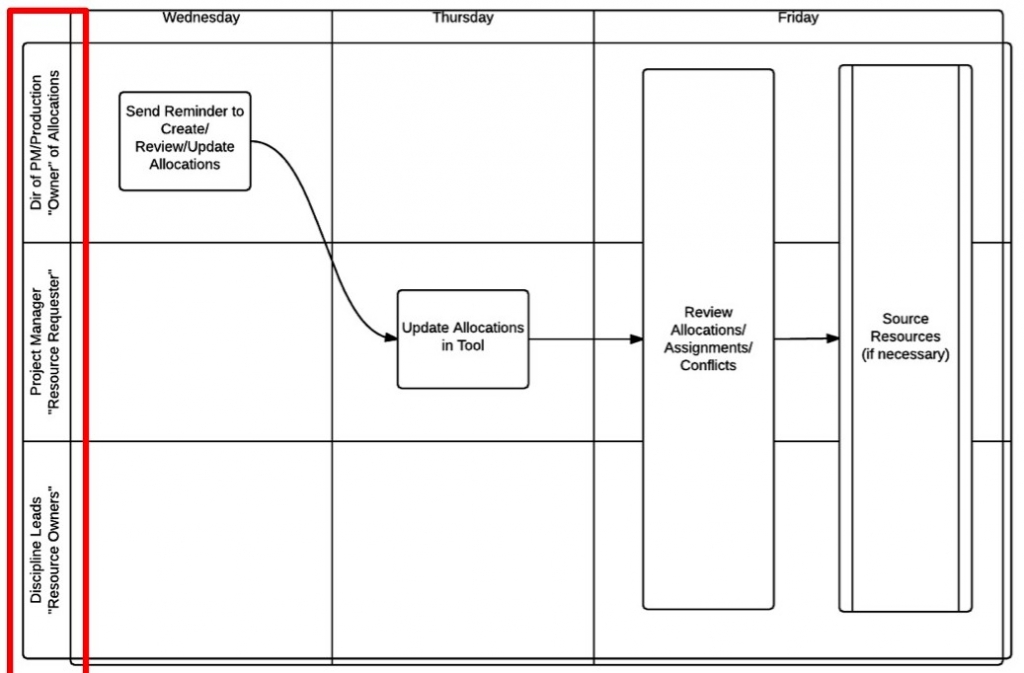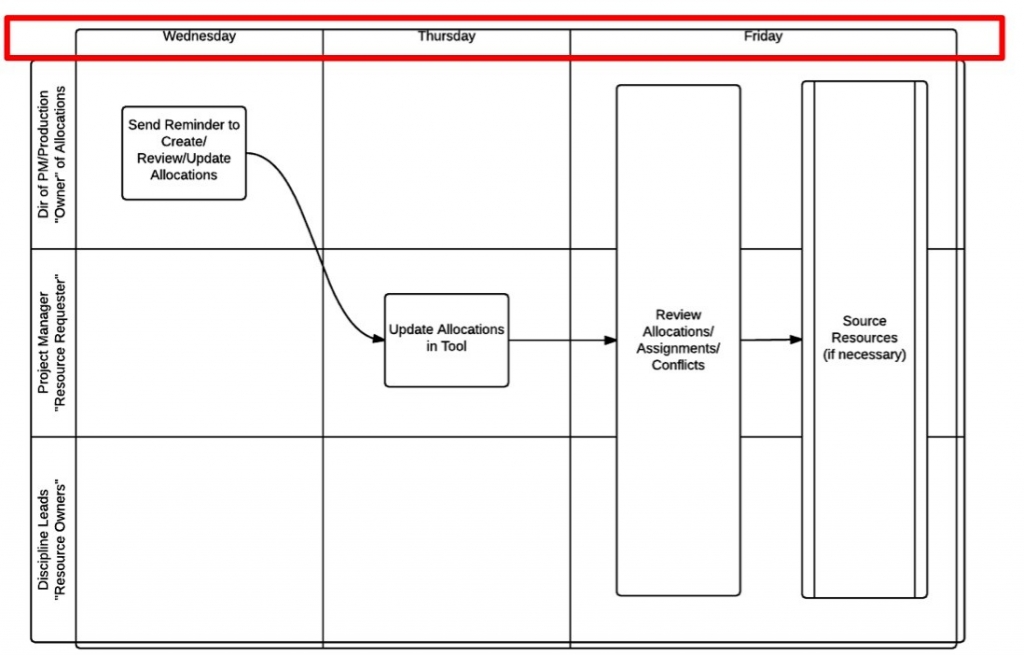(This article is a summary from my presentation to the Digital Project Management Summit 2015 on October 12th, 2015.)
There are three crucial steps to achieving success with organizational optimization. By utilizing each step correctly, you allow your team to work thoroughly and effectively from start to finish. These steps establish consistency, define roles, and enforce the process on a scalable level.
Three Steps to Excellent Resource Allocation
Step #1 – Define the People
First of all, you need to determine which people are involved with resource allocation. Project managers, producers, program managers, executive producers, directors, and COOs are good choices for resource allocation. It should be someone “above” the project at hand; someone who can adhere to the organization as a whole and can be objective about the required resources. This person should be the one individual who directs the project at a macro level. Typically, this is the Director Of Project Management/Production.
Step #2 – Define the Process that ties the People together
Things will change. This includes clients, resources, and staff. You need to be ready to evaluate allocations at regular intervals in order to deal with the regularity of changes. A process is key to helping with that. Using swimlane flowcharts, you can determine what will be done, who will do it, and when it will be completed.
The first thing we need to answer is who is involved. For Resource Allocations should always include project managers, traffic managers, directors of production, COOs, and discipline leaders. It can also include specific resources, human resources, and recruiters if needed.
Next, we need to define when to do specific tasks. Weekly is the ideal timeframe in the digital world, but if things change more frequently, you may need to use a daily schedule. Spread the work over several days to make sure everyone has enough time, and have it end either with Friday PM or Monday AM so it flows into the next week.

Finally, you need to define what is being done. Here’s how it might work: on Wednesday, the director of project management set a reminder to create, review, or update the allocations. On Thursday, the project manager should update the allocations tool. On Friday, you may have everyone on the team review allocations, go through assignments, address any conflicts, and source all of the necessary resources.
Step #3 – Bring in a Tool to make it scalable/repeatable/enforceable
Simple tools are effective tools. While there are lots of options, start with a simple spreadsheet, where you can organize the team, list their functions, detail tasks, designate timelines (preferably by the week, not day or month), and indicate the length of time required.
When creating your spreadsheets, you should start with the team, then list out each team member’s specific functions. After that, list what they are doing and when they are doing it. Next, indicate how long it will take and include a total.
You should also keep things organized by separating sheets by team.
Click here to make your own from this MS Excel version of the template.
Takeaways
Resource management is a vital role within any organization, and in order to make sure it is handled properly, you need a clear, consistent process. It should be done in regular intervals (preferably weekly) and should be conducted the same way every time.
To learn more, download Josh’s presentation from the 2015 Digital Project Management Summit.


Leave A Comment